A decade after its first full-frame mirrorless cameras, Sony has once again shaken things up with the new Alpha 9 III that is set to revolutionise how sensors record images into memory cards.
The Japanese electronics firm’s imaging credentials need no introduction today, thanks to its Alpha 7 mirrorless range, which shook up the camera market back in 2013.
In the Alpha 9 III, Sony has created the first full-frame camera with a global shutter. This big new feature means a whole sensor can record an entire frame rather than read the frame line by line.
This will help minimise or even eliminate the dreaded rolling shutter effect, where straight lines in a video or image are slanted.
The global shutter will also help capture images using a fill-in flash with a super-high shutter speed of above 1/250 of a second. In the past, using a flash would force a photographer to slow down to 1/250s or less, so that the shutter curtain would not block the light from the sensor.
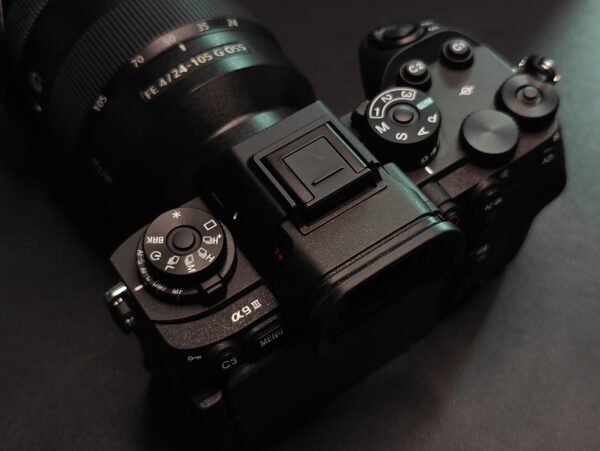
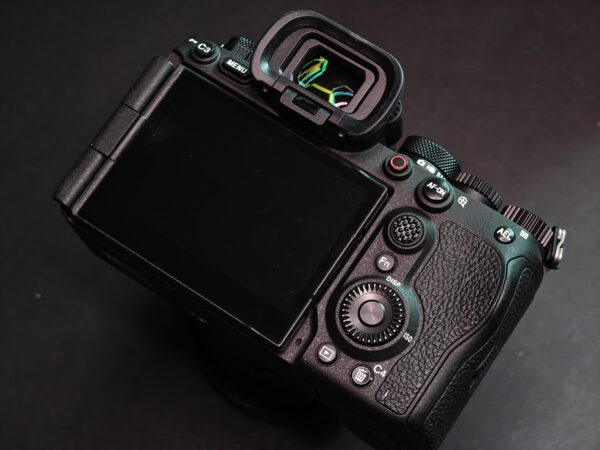
On the mirrorless Alpha 9 III, the lack of a mechanical shutter means the sensor will not be blocked and the global shutter allows photographers to use a much faster shutter speed with most flash systems.
In practical terms, this helps create studio-like images in outdoor settings by darkening the background and yet allowing the flash to be used in broad daylight to highlight the subject.
There are cheaper ways to achieve the same effect with a normal camera by using a high-speed synchronisation flash system. The flash has to pulse several times so that the camera can capture the whole picture as the shutter curtain moves through the sensor.
However, this will require the camera and flash system to work in sync to achieve the desired result. It is also a bit more complicated to set up.


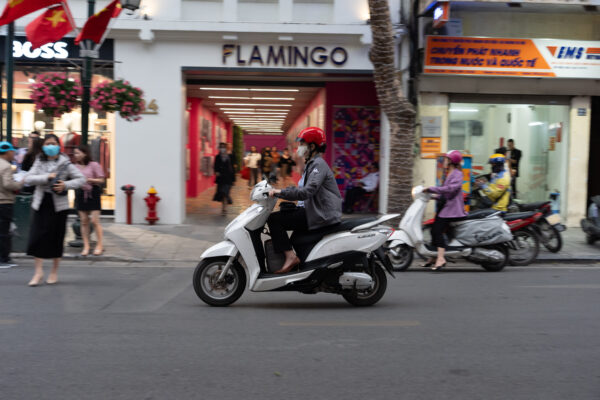
There are some downsides, to be fair. Introducing a global shutter means that the lowest native ISO setting is now ISO250 rather than ISO100.
In my tests of the Alpha 9 III, the image quality with higher ISO settings of ISO6400 has a bit more noticeable noise than cameras with regular sensors with mechanical shutters.
Notably, the new Sony camera is blazing fast and can absorb 120 RAW files per second in its buffer memory space, which makes it perfect for sports and wildlife photography.
However, this also means you need the fastest and most expensive CFexpress Type A cards to make full use of the camera’s speed. Alternatively, you can use the fastest SD cards like Sony’s Tough series, to keep costs down.
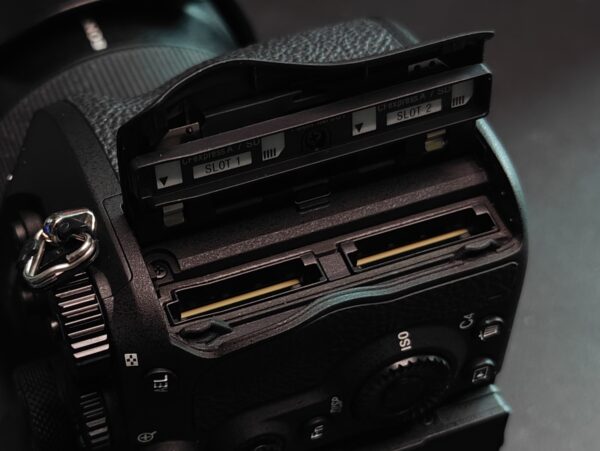
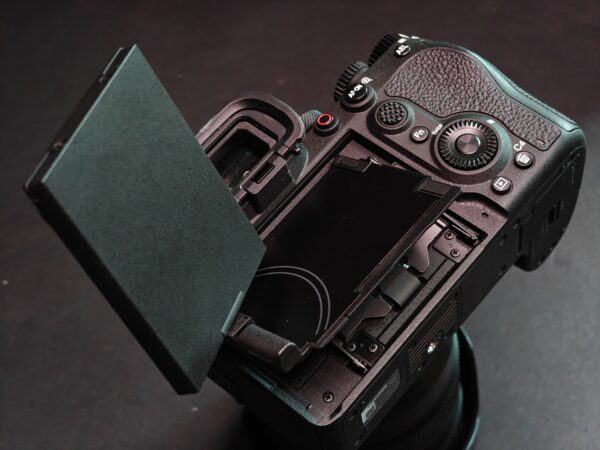
The Alpha 9 III’s processing speed is so fast I can still track and capture a subject in the viewfinder without any blackout while the camera saves the images in real time.
The camera also has a pre-capture feature to automatically help photographers capture a few more frames just before pressing the shutter. That’s handy.
Of course, having a fast shutter reaction is not enough if the image is not sharp. Good news is, Sony’s quick and accurate autofocus system can keep up with fast action.
The new mirrorless camera did very well when I was shooting the streets of Hanoi. At times when it could not detect the eyes of a subject to focus on, it would lock on a person’s face.



For folks who want the best quality when it comes to video clips, Sony’s new camera is able to shoot in 4K resolution at 120 frames per second using the whole sensor.
That means users do not need to switch out lenses to match the crop factor when shooting both photos and slow-motion videos in the same setting.
Besides the image quality, the camera is a joy to use as well. The buttons, knobs, and the levers are labelled clearly and easily within reach.
Although I still need my left hand to change autofocus and continuous exposure modes, these settings can still be reached fairly quickly. It would be even better if no locks were in place on some dials.
Helpfully, the camera has five custom-setting buttons to suit your shooting style. The chunky and deep grip makes it easy to hold even when you have attached big lenses, making the Alpha 9 III a very comfortable camera to use.

If I have to find a fault in the new Sony camera, it will be the lack of pixels in the sensor. With “only” 24.6 megapixels, it might not work for some studio photographers, though it is plenty enough for most users with the right lens and skills.
It’s hard to praise the Alpha 9 III more than the fact that it represents the next evolutionary improvement of the digital camera.
Its global shutter makes it easier to use external flash without adding neutral-density filters or the need for flash strobes with a fast synchronisation system. Goodbye to rolling shutter distortion when you’re capturing fast moving subjects.
The Alpha 9 III does come at a steep price of S$8,299, though Sony has made an all-rounder tool for most genres. Most importantly, it gets out of the way when you are focusing on the art of photography.






